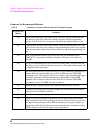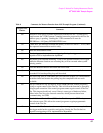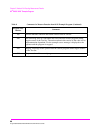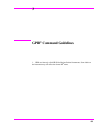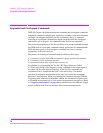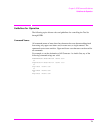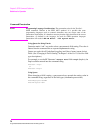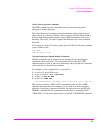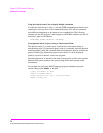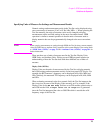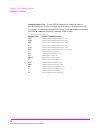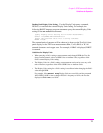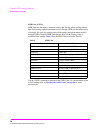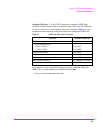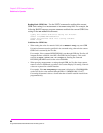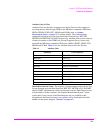
74
S:\agilent\8920\8920b\PRGGUIDE\BOOK\CHAPTERS\guidelin.fb
Chapter 3, GPIB Command Guidelines
Guidelines for Operation
Using the Semicolon and Colon to Output Multiple Commands
A semicolon followed by a colon (;:) tells the GPIB command parser that the next
command is at the top level of the command hierarchy. This allows commands
from different instruments to be output on one command line. The following
example sets the RF Analyzer’s tune frequency to 850 MHz, and then sets the AF
Analyzer’s input to FM Demod.
RFAN:FREQ 850MHZ;:AFAN:INP ’FM DEMOD’
Using Question Marks to Query Setting or Measurement Fields
The question mark (?) is used to query (read-back) an instrument setting or
measurement value. To generate the query form of a command, place the question
mark immediately after the command. Queried information must be read into the
proper variable type within the program context before it can be displayed,
printed, or used as a numeric value in the program.
Queried information is returned in the same format used to set the value: queried
numeric fields return numeric data; quoted string fields return quoted string
information.
For example, the following BASIC language program statements query the
current setting of the
AFGen 1 To field:
!Query the AFGen1 To field
OUTPUT 714;"AFG1:DEST?"
!Enter queried value into a string variable.
ENTER 714;Afg1_to$



